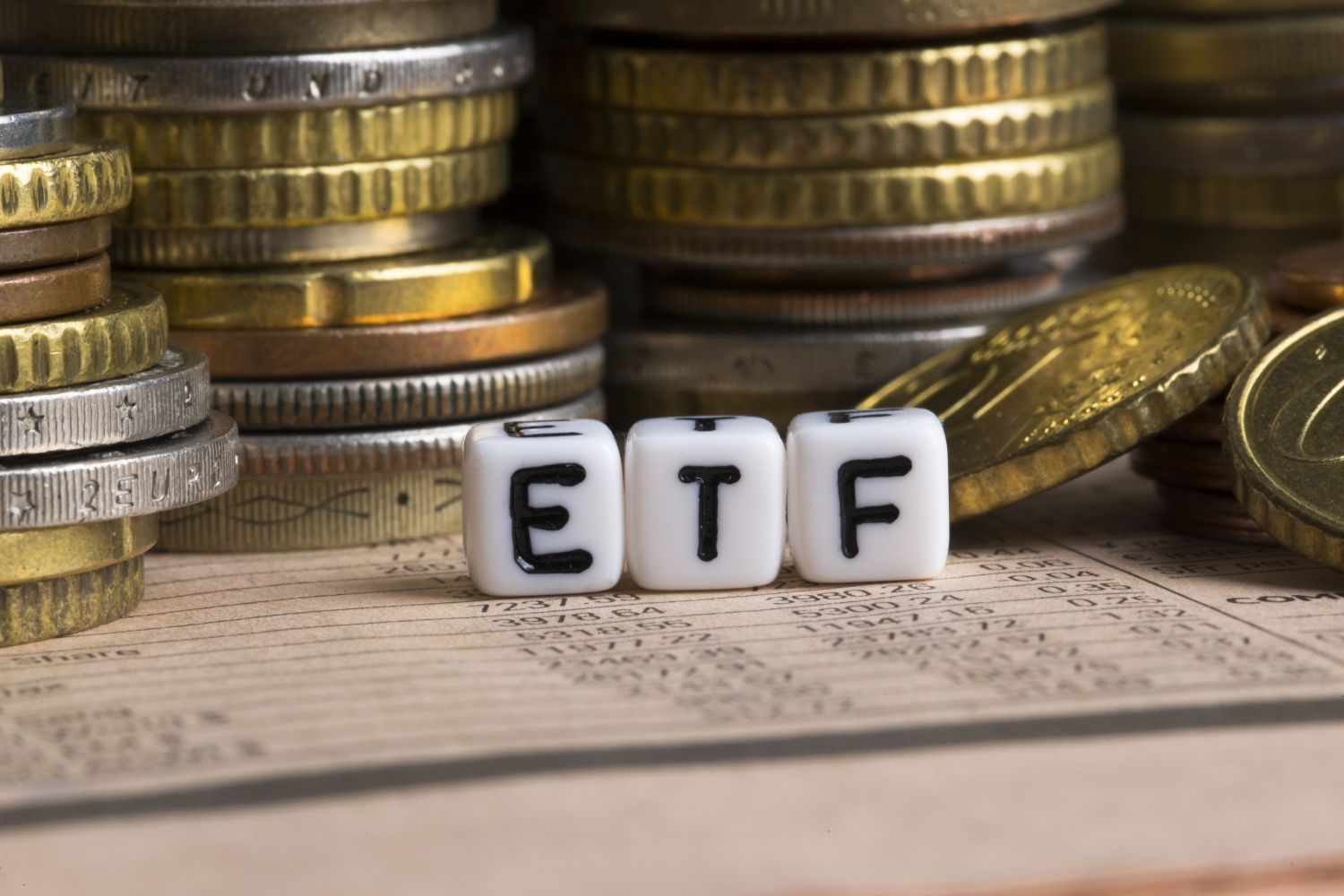Investing In Exchange-Traded Funds A Guide To ETFs
Investing in Exchange Traded Funds: A Complete Guide If you're looking to invest your money wisely, then Exchange Traded Funds (ETFs) might be the perfect fit for you. ETFs have been gaining in popularity in recent years, and for good reason: they offer investors the ability to diversify their portfolios, while also being easy to trade and cost-effective. In this guide, we'll take a closer look at ETFs: what they are, how to invest in them, and some tips for getting the most out of your ETF investments. What Are Exchange Traded Funds? An Exchange Traded Fund (ETF) is a type of investment fund that is traded on stock exchanges, much like individual stocks. ETFs hold assets such as stocks, bonds, or commodities, and typically track an underlying index, such as the S&P 500. ETFs are known for their low costs and high liquidity, making them an attractive option for investors who want to diversify their portfolios. Additionally, ETFs offer tax advantages, as they generally incur lower capital gains taxes than mutual funds. How to Invest in ETFs Investing in ETFs is relatively straightforward. First, you'll need to open a brokerage account with a licensed broker, such as Charles Schwab or E*TRADE. Once you've opened your account, you can start trading ETFs just like you would with individual stocks. When investing in ETFs, it's important to keep in mind that, like all investments, they come with risk. It's best to start by doing your research and identifying the right ETFs for your investment goals. Consider factors like the ETF's performance history and expense ratio, as well as your own risk tolerance and investment timeframe. Tips for Investing in ETFs Here are a few tips to help you get the most out of your ETF investments: 1. Diversify your portfolio - One of the key benefits of investing in ETFs is the ability to diversify your portfolio, which can help reduce risk. Consider investing in a mix of ETFs that track different asset classes or sectors. 2. Stay up-to-date with market trends - Keeping an eye on market trends and news can help you make informed investment decisions. Consider subscribing to financial news sources, such as The Wall Street Journal or Bloomberg. 3. Keep costs in mind - While ETFs are generally low-cost compared to other types of investments, it's still important to keep an eye on fees and expense ratios. Look for ETFs with low fees to help maximize your returns. 4. Consider using limit orders - When placing trades, consider using limit orders instead of market orders. Limit orders allow you to specify the maximum price you're willing to pay for an ETF, which can help you avoid buying at a higher price than you intended. 5. Rebalance your portfolio periodically - Over time, the performance of different ETFs in your portfolio can shift, throwing off your carefully planned asset allocation. Periodically rebalancing your portfolio can help ensure that it's still aligned with your investment goals. In Conclusion Exchange Traded Funds are a great option for investors who are looking to diversify their portfolios and maximize their returns. With their low costs, tax advantages, and ease of trading, ETFs have become increasingly popular in recent years. When investing in ETFs, be sure to do your research and consider the right investment strategy for your individual needs. Diversifying your portfolio, staying up-to-date with market trends, and keeping costs in mind are just a few tips to help you succeed in your ETF investments. 


blog.seedly.sg - etf etfs traded seedly mutual

www.skillsuccess.com - etf traded exchange gold funds buying etn benefits investing trionds vs
Post a Comment for "Investing In Exchange-Traded Funds A Guide To ETFs"